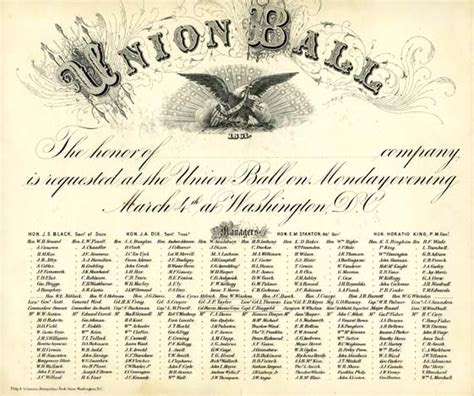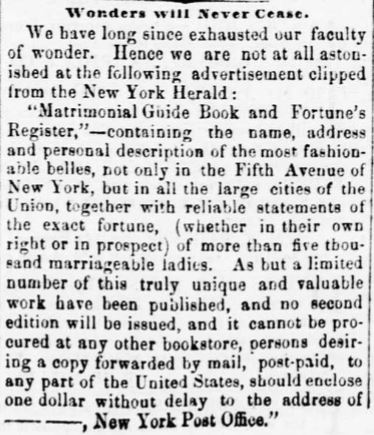Gotham's First Crime Boss Defends Himself
Gotham's First Crime Boss Defends Himself " The Captain," as Isaiah Rynders (1804-1885) was known, was a violent man and a violent racist. He earned the captain's title for briefly captaining a sloop (one sail) packet boat along the Hudson River before becoming a gambler and knife fighter. Some time in the late 1830s he appeared in New York City and worked his way up in politics as the enforcing arm of the Tammy Hall Democrats. Rynders owned a string of saloons in the city and gathered around him men who were young, violent, and looking for money. He was head of the crime gang Dead Rabbits, a thoroughly criminal enterprise, and president of The Empire Club," which generally did the rough enforcement for Tammy Hall. "The Captain" Rynders was a leader in what was called "The Astor Opera House Riot in May,1849. (Worthy of its own future blog entry.) In the 1850s he and his gang routinely attempted to disrupt any anti slavery




